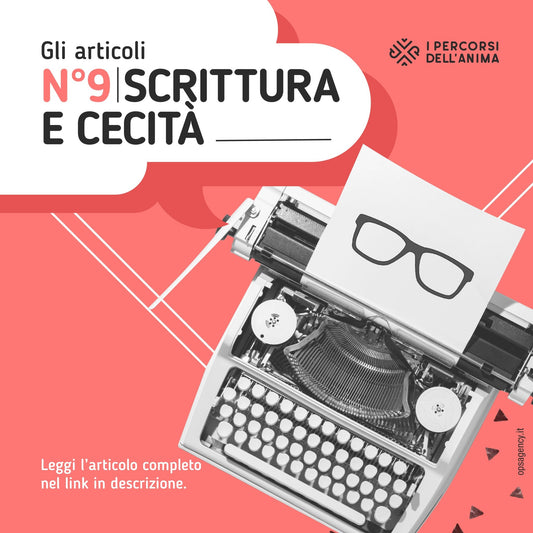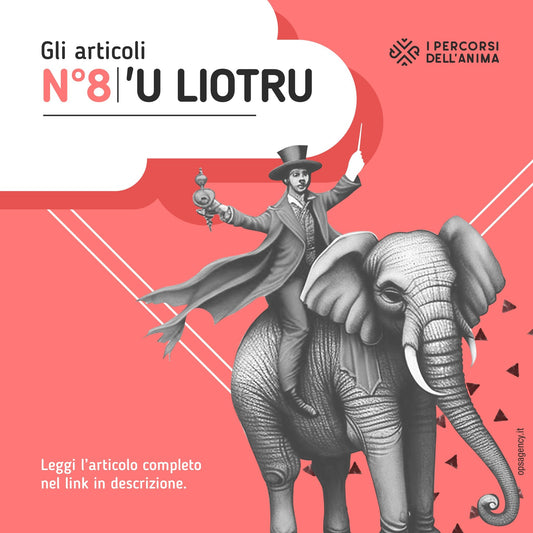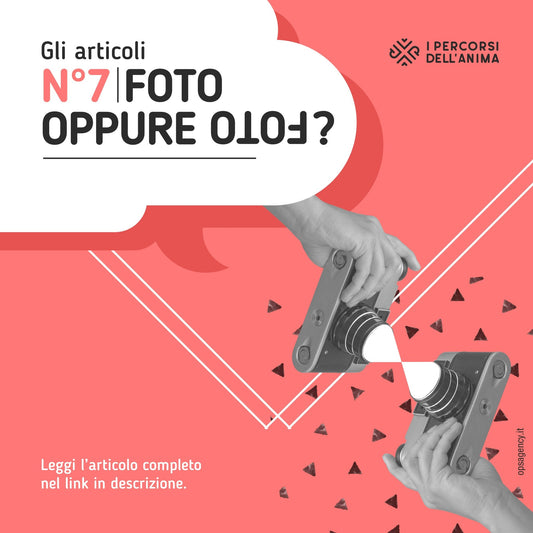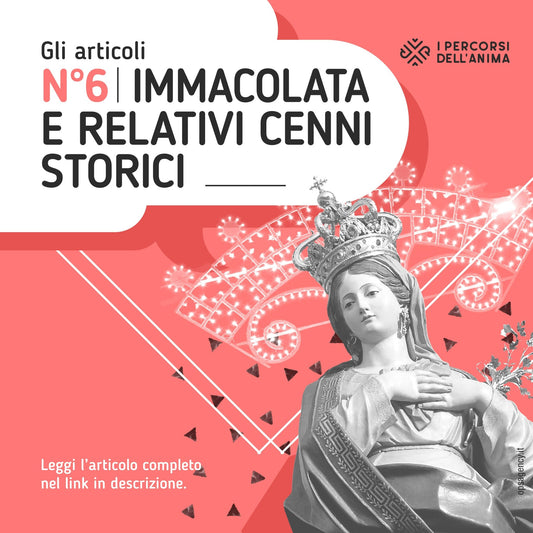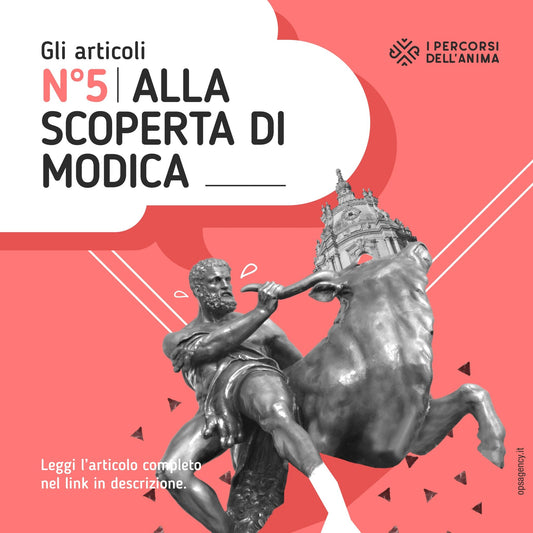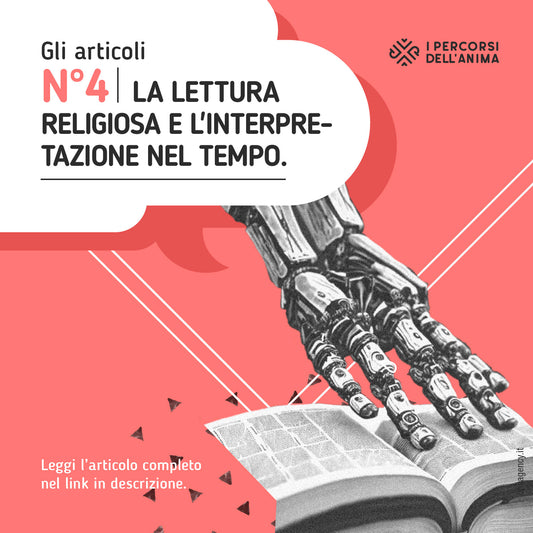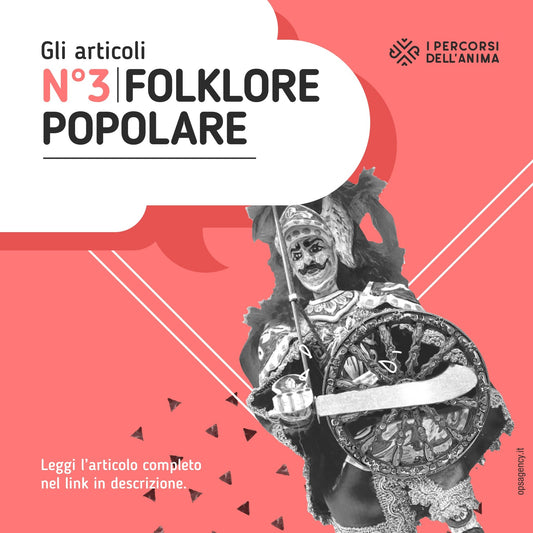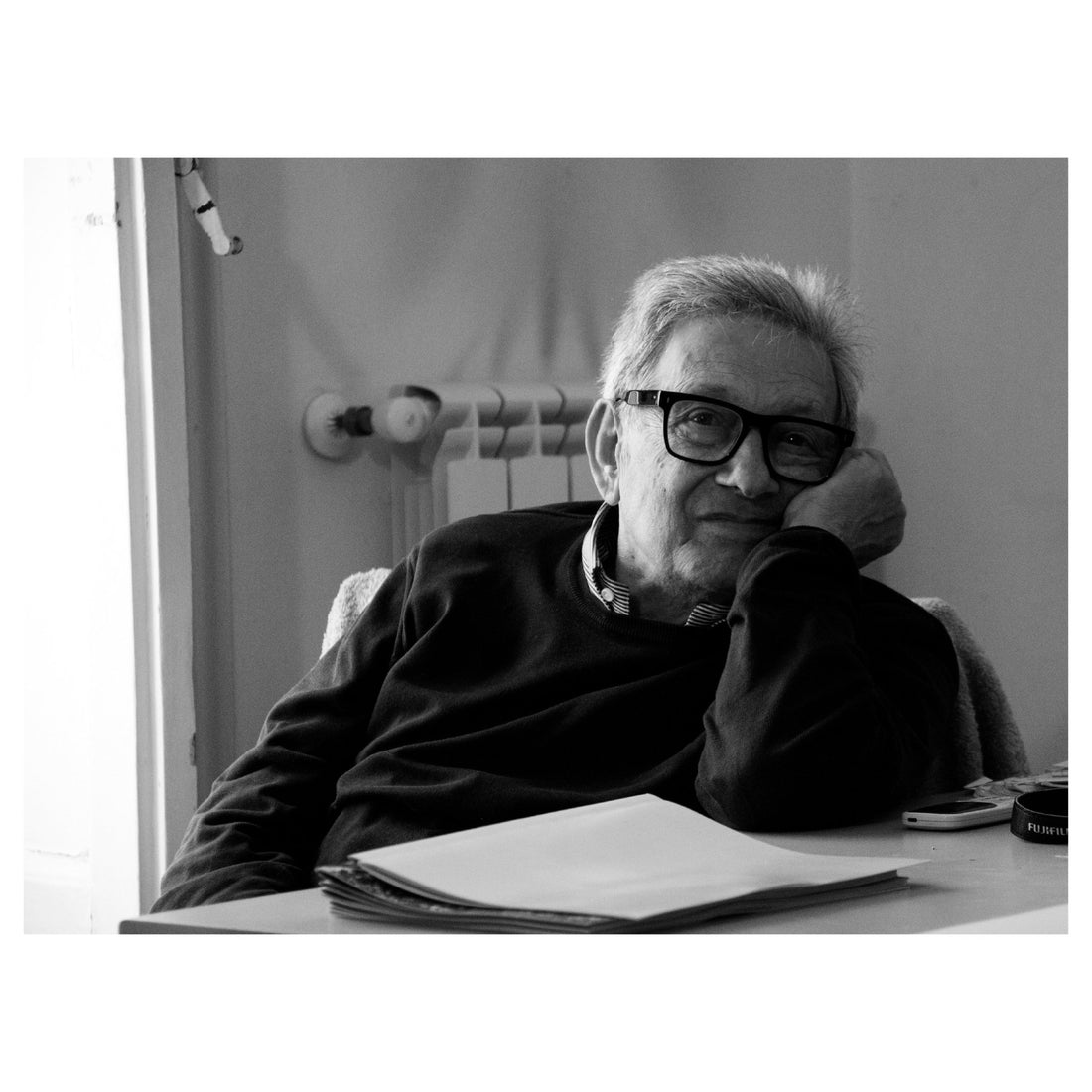
“A STORY TAKEN ABOUT THE THEFT OF LIGHT”
Friday 17th is usually a day which due to good luck should not bring great fortune but which for us on the paths of the soul was quite the opposite, that is, a lucky day which will remain imprinted in our hearts and memories; we met master Leone Giuseppe, an excellent Sicilian photographer and during our conversation we addressed various issues, starting from the clear historical/social change, which the master experienced firsthand, up to anecdotes about his decades of friendship with illustrious figures such as Leonardo Sciascia, Gesualdo Bufalino and Vincenzo Consolo without forgetting the important relationship maintained with publishing houses such as Sellerio and Bompiani.
For the Maestro, the key point in his life and professional training was knowledge of history and the past in order to look towards the future.
His career began at the age of 14 when, no longer able to continue his school career, his father, before leaving for Australia, accompanied him to the photographer Antoci's workshop where he began as a boy and therefore carried out purely processing activities. .
We ask the master if what he has created in about 70 years of activity was his dream since he was a child and how he came to have one of the most important photographic studios in the Sicilian area; Leone responds with a sense of satisfaction and his eyes full of memories, telling us that his role as a photographer, after his first experience in the workshop, remained so even during his compulsory military service and continues by telling us that after the service he absolutely never stopped dedicating himself to photography indeed, even though he worked in Florence, he always found time to go to the neighboring workshops to learn more and more.
Once back in Sicily he went to the various photographic studios asking if there was a need for retouchers given his great knowledge of the world of painting and subsequently he was in fact allowed to complete works commissioned to the shop which were sometimes very large and important.
The Maestro continues his story chronologically and absolutely does not forget to pay attention to the fortunate encounter that brought him closer to the peasant world of the 1970s in Sicily.
The meeting with Antonino Uccello took place just when the anthropologist inaugurated his house-museum near Palazzolo Acreide and it was he who encouraged Maestro Leone to embark on a path that veered towards anthropology, one that would allow him to capture the light in the typical customs, in the social conditions, in the world of workers and farmers and above all in the change that the Sicilian territory was experiencing and facing .
From this moment on, Leone's photography took on a neorealist connotation which incorporated within it all the pietas of the subjects captured by his lens.
The acquaintance with Uccello subsequently led Leone to meet Sellerio and the publishing house of the same name through which he would later meet Sciascia and Bufalino, illustrious men with whom the maestro maintained a decades-long friendship followed by the utmost esteem; we ask if he wants to talk about the anecdotes regarding this friendship and Leone, smiling and remembering the years passed, begins to tell us a set of experiences lived with the authors.
The Maestro tells us about the moments spent at Noce, Leonardo Sciascia's summer estate located a few km from Racalmuto, his hometown; Leone talks about long chats and trips taken even by car to visit the places that inspired the thoughts and texts of the illustrious.
Among the various phrases said during this phase of the interview, the one that resonates is: "We worked well, really well" accompanied at times by the melancholy look of someone who has lived a lot and who can now only tell it rather than relive it with the protagonists of the story.
Bufalino and Sciascia, two presences later transformed into losses that certainly left their indelible mark on the Maestro's life.
Of this decade, Leone recalls the immense potential of Sciascia, a man who he himself defines as absolute truth, the one who investigated and was among the first to manage the Mafia issue; Sciascia, in that period, for the maestro, and not only, was the voice and conscience of the Italians.
Regarding Bufalino, the Maestro speaks of a particular friendship in which we often found ourselves in opposition and which gave rise to strong confrontations always presided over by the legendary Sciascia who tended to observe rather than comment on what was said also due to the strong understanding with "Dino", Bufalino , so nicknamed by Sciascia himself.
Almost in the home stretch, we cannot help but pay attention to the shots present in the studio and in the various books: "Looking at his online portfolio and also his shots here, I notice the prevalence of black and white as a shooting mode, which can you tell us about it?"
Master Leone also worked a lot with the use of color, however the majority
some people are attached to his B&W shots and confess to us that deep down he too is more fond of this technique rather than color, we ask why.
He responds by saying that this technique evokes the great theme behind the shot and that, in his opinion, sometimes color tends to distract the viewer.
We conclude with maestro Leone who seems to want to make an appeal to all those who live and live in Ragusa and its surroundings: "You need to have an excellent basic education in order to have profound knowledge."
This is the maxim that accompanied and directed his working life; it contains the importance of paying attention to what makes up our profession and therefore only by having excellent basic training in this regard is it possible to have a profound knowledge of what it involves.
To give a practical example: maximum approval for shots taken in digital as long as there is study behind them and perhaps a love for shooting in analogue.
We thank maestro Giuseppe Leone and his collaborators for granting us this magnificent rendezvous.
17-11-2023 Latino Cristina®
Reading time: approximately 4 minutes
